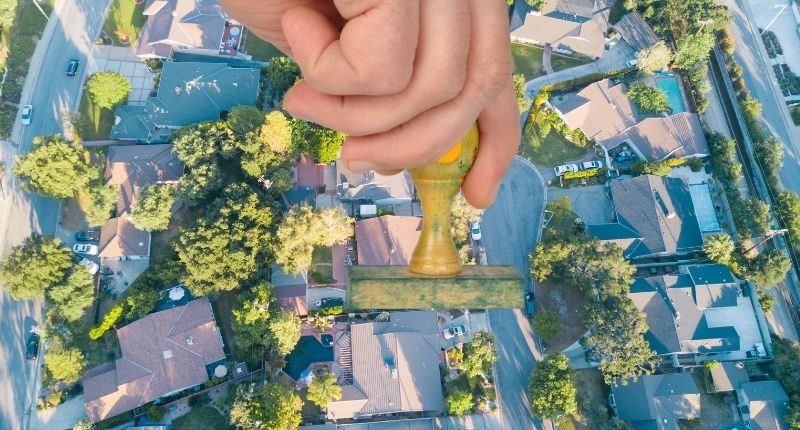- Homeowners in all states and territories (excluding ACT) are paying more stamp duty
- NHFIC notes the benefits for a broad-based land tax
- UDIA has supported the reports findings
The removal of stamp duty would increase housing ability and therefore to lead to more efficient use of housing stock, argues a research paper by the National Finance and Investment Corporation (NHFIC).
The NHFIC’s Stamp Duty Reform: Benefits and Challenges uses recent data to assess both the benefits and reform considerations if phasing out stamp duty for a broad-based land tax.
The inexorable rise of stamp duty
The report noted that homeowners across all states and territories – except for the ACT – are paying significantly more in stamp duty than they were 20 years ago, leading to inefficient use of housing stock.
For example, a household that purchased a median-priced house in Sydney four times over the past 20 years would have been required to pay 10 times the amount of stamp duty compared to a household that only made one purchased during the same period.
Victoria has the largest effective rate of stamp duty over the last 20 years on a median-priced property. Now it is 5.4% – about $45,000 – compared to 4.2% – around $12,000 – back in 2002.
Subsequently, outside the ACT, the typical household would be better off paying land tax on a median property in lieu of duty. In NSW, for example, a household would be required to pay a broad-based land tax for more than 14 years to be worse off – longer than the 12.4-year average tenure of remaining in a particular property.
Nathan Dal Bon, NHFIC CEO, said the paper highlights the importance of housing tax policy and noted the numerous benefits of land tax over the current stamp duty system.
“Encouraging more household mobility through reductions in stamp duty leads to more efficient use of the housing stock which means people can better ‘right-size’ their own housing arrangements in line with their individual preferences,” he said.
“Households that are considering downsizing and upsizing, or just seeking more space when they are working at home during COVID-19 wouldn’t be penalised under a broad-based land tax compared with the current stamp duty arrangements across most states.”
Nathan Dal Bon, NHFIC CEO
In terms of the complex logistics of repealing and replacing stamp duty – which, unlike most taxation, is collected by the state and territory governments – the report suggested a short phase-out period would limit the impact of house price growth on the cost of transition.
It noted that under a slow house price growth scenario, a revenue-neutral swap between the taxes would require about three times the amount of revenue as a faster transition – $94 billion over a 20-year compared with $32 billion under a 5-year transition.
The paper also takes into account a range of issues such as crediting back households that recently paid duty and allowing retirees considered to be asset rich but cash poor to defer land tax liabilities until their property is sold.
UDIA supports reform
The findings have been supported by the Urban Development Institute of Australia (UDIA) who has also argued the tax damages housing affordability.
“We have long known that stamp duty is a major barrier to home ownership and makes the savings challenge for homebuyers more onerous,” said UDIA National President, Simon Basheer.
“What the new research makes clear [is] that stamp duty is a dead weight on the economy, reduces the efficient use of available housing stock by disincentivising sales and leaves governments dependent on a volatile tax.”
“UDIA National welcomes the focus on alternatives such as a switch to broad-based land taxes – even though the report is correct to identify the critical need to get transitional arrangements right.”








